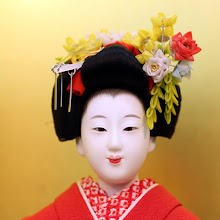The next type of garden that emerged was during the Heian Period. (794-1185) this is when the gardens began to move from being purely religious to becoming a place for ceremonies, amusement and even contemplation. These gardens would often be featured in front of mansions or what was called the south side. These gardens would include water that would flow through artificial waterways before ending in a pond that would have small floating islands. Very few of these gardens exist today but their formation and description is found in old texts.
Near the end of this period the style of the gardens would shift once again. This was due to the influence of Pure-Land Buddhism. This caused the homes and gardens of the Japanese to be modeled after the Amitabha hall style which was a shift from the Shinden style.
The next period of gardening was during the Kamakura and Muromachi periods (1185-1573). During this period gardens evolved due to better gardening techniques and the spread of zen beliefs. Zen beliefs had a large influence on the design of gardens and it was during this period that dry designs began to get popular. Gardens also grew in popularity during this period due to the fact that the Shoguns truly enjoyed them.
This explains why during the Edo period (1603-1868) the gardens drifted even further away from religion and more to express the power and prestige of the Shogun. It became typical for the garden to represent the tastes and desires of the Shogun himself.
During the Meiji period traditional gardens are owned by businessmen and politicians. Today many of these extensive and beautiful gardens are open for public viewing some of which are found in Kyoto and Tokyo.

No comments:
Post a Comment